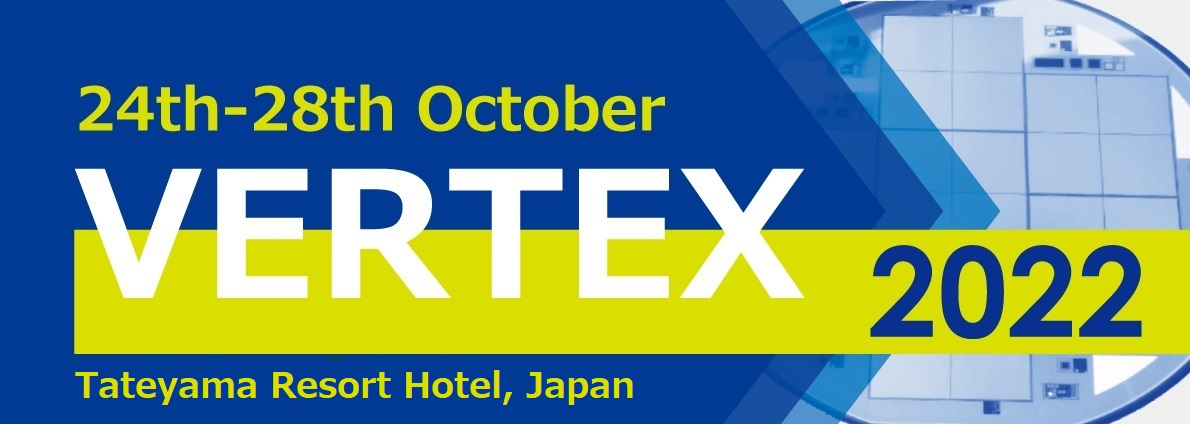Speaker
Description
The tracker upgrade of CMS introduces new challenges for the front-end readout ASICs. Higher channel density and sensor resolution with a good estimation of the z-coordinate allows for mitigating the higher pile-up in the event reconstruction. To Improve the single hit resolution and two-track separation is necessary to exploit the large amounts of collision data while having a drastically increased bandwidth. The introduction of data compression procedures will allow accommodating the higher data rates and allows the offline analysis to take advantage of the higher luminosity. Higher trigger latency will provide more time for the online data analysis. The silicon particle detection system for the Phase-2 upgrade of the tracker of the CMS experiment will be capable of providing information regarding the particle transverse momentum, in addition to simple geometrical positioning. Given a limited bandwidth, the use of tracking information for the event selection implies that the tracker has to send out self-selected information for every event requiring the front-end readout ASICs to locally perform an efficient data reduction. This functionality relies on the capability of on-chip continuous particle discrimination based on the particle transverse momentum and requires high-speed real-time communication among readout ASICs. Multiple ASICs have been designed and prototyped in advanced CMOS technologies to provide pixel and strip sensor readout, data aggregation and reduction, for the different layers of the upgraded tracker detector. Low-power and radiation tolerance design techniques have been employed to fulfil the very tight power requirement and radiation performances. After a detailed characterization of the functionalities, the ASICs have been tested for their capability to tolerate single-event radiation-induced effect (SEE) and their performances have been evaluated at high levels of total ionizing dose, to guarantee the capability of the tracker to operate up to 10 years without external maintenance. Automatizing production testing will allow selecting at wafer level the chips to be assembled for the detector. This contribution will focus on the architecture studies, the adopted technologies and solutions to fulfil the CMS tracker requirements and it will conclude with the results of the silicon prototypes and production run characterization.
| contact person e-mail | alessandro.caratelli@cern.ch |
|---|
